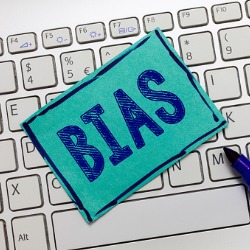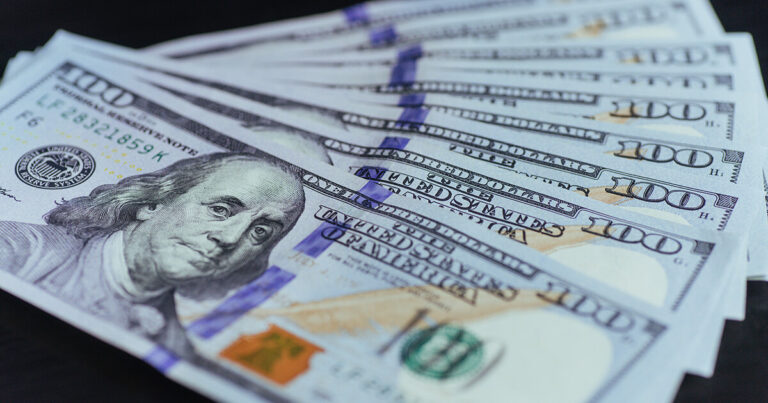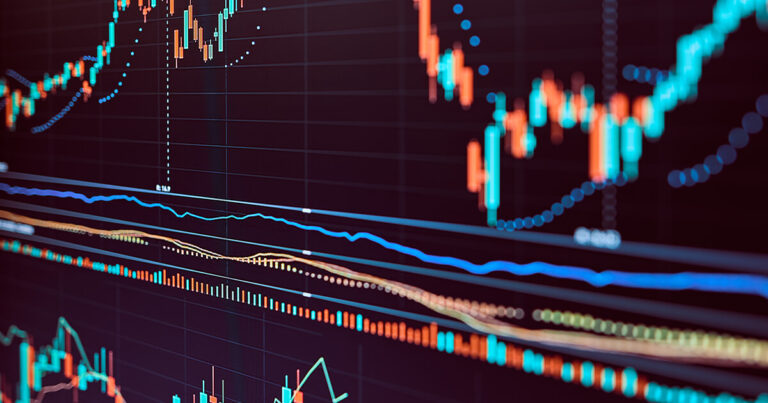Trading bias is difficult to prevent entirely and affects both the experienced and novice financial traders. If not checked, it can seriously impair your trading ability to interpret the forex markets objectively to make trading decisions properly.
You are better off being aware of forex bias and avoiding forex trading bias, as outlined in this article.
What Is Trading Bias?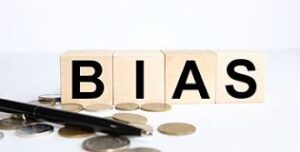
Being fully aware of trading bias is the first step of overcoming bias in forex trading. It is defined as the tendency or inclination towards financial investments whereby a trader strongly believes in a specific probable outcome more than any other alternative.
In short, a trader makes investment decisions based solely on his/her predisposed or preconceived idea on trade while disregarding forex trading analysis.
While the trading bias influences a trader to make a trading decision in line with his or her trading objectives, making decisions can be confusing and could lead to erroneous judgments.
Some decisions to make include market to trade in, entry point, exit point, and the trade size.
Types Of Trading Bias
There are several types of trading bases that affect forex trading. Here, are some examples that forex traders often encounter:
Trend Chasing Bias
Naturally, humans like being in a group as they are social. They also dont like to be left out socially. Besides, most fear to make wrong decisions while going against a group.
Trend chasing bias implies making the same decisions in line with others because it is the market trend. Many studies have shown that the trend-chasing bias affects the majority of the newcomers in forex trading.
While having learned the basics of forex analysis, most newcomers are easily carried by the trend-chasing wave. Trend chasing bias is rampant among the newcomers who most often follow a crowd blindly.
This is because they lack confidence and experience to do analysis and make their own decisions.
How To Avoid Trend Chasing Bias
Research, self-confidence, and analysis are vital in avoiding trend-chasing bias. It pays to have a trading plan backed by knowledge, analysis, and making your own decisions while shunning the mob psychology.
If you have pulled out of a trade just because the majority are on the opposite, you are easily influenced by trends. Proper analysis of market trends and charts would reveal the patterns and trends to you instead of following a crowd.
Have self-confidence in your fundamental and technical analysis while relying on your trading strategy. You don’t have to abandon your plans simply because others say otherwise. Having confidence is good, but it is risky and dangerous to have…
Overconfidence Bias
The overconfidence bias in forex trading is defined as the inclination to be more confident in your market analysis skills as being above average.
Overconfidence bias in forex trading is risky as it makes one vulnerable to poor judgment and the erroneous decision-making process. In addition, it makes one less cautious in making forex decisions.
The belief that we are much better than we are while being dangerous is prevalent in it pays to be cautious. Consider a worst-case scenario and take the necessary steps to minimize the risks.
In case you are wondering, overconfidence bias often manifests itself in different ways. Overconfidence bias example includes over ranking, where trader rates himself/herself highly in their trading analysis.
More overconfidence bias examples include the illusion of control, timing optimism, and desirability effect.
Bias Market
It refers to how traders view the forex market price movement. Bias market inclines on whether the market is in a bullish or a bearish run.
Making important decisions based on the general market movement is risky as it ignores the fundamentals and technical indicators affecting price movement.
For instance, when the broad market is on the bearish run, traders form a bias to sell. Likewise, in bullish run traders are biased to buy, hoping to profit on the upswing.
Traders identify biased markets through price action, which involves tracking price movement in the market to make a decision. The traders analyze charts looking for a swing high or low.
In a bullish run, prices increase, and the lows also advance, whereas, in the bearish run, we have lower lows and lower highs.
Traders can also apply a moving average to form a bias market. If the price is above the moving average, then it’s okay to buy, and if it’s below, it’s okay to sell.
Behavioural Bias
This entails making decisions based on irrational beliefs instead of relying on market analysis. Behavioural bias is driven by the fact that humans are more irrational than previously thought.
Cognitive bias and emotional bias are the two types of behavioural bias affecting forex trader’s decisions. Emotional bias involves making decisions based purely on emotions instead of forex market analysis. On the other hand, cognitive bias arises from flaws in our judgments.
While the list of trading biases is long, we used the above to illustrate and expound on forex trading biases. Other types of trading bias include courtesy bias, confirmation bias, recency bias, hindsight bias, and blind-spot bias, among many others.
How To Avoid Trading Bias In Forex Trading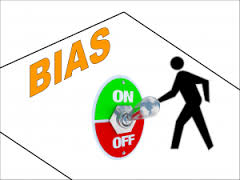
It is challenging to eliminate trading bias, but you can gladly minimize them using the following ways:
Have A Trading Plan
The first step in avoiding trading bias in forex trading is developing a trading plan with clear and realistic objectives. The trading plan provides clear guidance while removing emotions in the decision-making process.
High Discipline To Stick To The Plans
It is of no use to develop good plans then put it aside when making decisions in financial investments. Sticking to the trading plans will surely minimize forex trading biasness.
Proper Mindset
The state of your mind is significant, not just financially, but in any decision-making process. Making decisions while highly emotional, more often leads to costly mistakes.
Developing a proper mindset requires determination, time, and willingness to change. There are many techniques that you can employ to have a controlled and calm mind.
This includes exercise, breaks, and holidays among others.
Use Fundamental & Technical Analysis
Most importantly, always make financial investment decisions based on a proper market analysis of the fundamentals and technical indicators.
Furthermore, you can use market analysis tools and softwares available on the internet and those at your brokerage platforms.
Knowledge & Practice
Knowledge and understanding of forex trading is the key to avoid trading bias in forex trading. More knowledge implies understanding of the forex market, research, and proper forex analysis.
Personal development through education improves one’s trading skills, confidence, market analysis, emotional control, and decision-making process.
Doing practices on free demo accounts will further enhance and improve your forex analysis and trading capabilities. And to boost your confidence while strengthening your understanding of the forex trading, always have a go at the demo account.
Trading Journal
Keeping a trading journal is vital as it will quickly reveal to you what you did fine, the wrongs, your expectations, failures, and where to improve.
The journal will enable you to take control and responsibility for your decisions.
Conclusion
Biases are often costly in forex trading, ultimately resulting in financial losses and frustrations.
Thus understanding trading bias and applying the ways to control them discussed in this article will significantly improve your decision-making abilities.
The right decisions in financial investments will minimize losses while maximizing profits.

